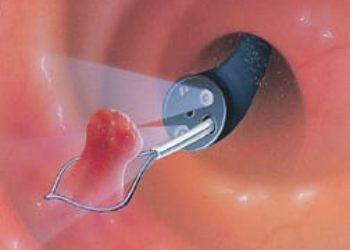Pioneer Accountable Care Organization associated with reduced costs on low-value medical services
1. Amongst healthcare organizations under the Medicare Pioneer Accountable Care Organization (ACO), there was a modest reduction in the cost attributed to low-value medical services.
2. These reductions in cost were most evident amongst health care organizations that had higher spending on these low-value services prior to the initiation of the ACO contract.
Evidence Rating Level: 2 (Good)
Study Rundown: Health care spending has been rising at an alarming rate. To curb this trend, many different professional societies have commented on low-value medical interventions that are not likely to provide much clinical benefit, but do contribute significantly to health care expenditures. ACOs, which theoretically incentivize providers to provide high-value care and decrease low-value expenditures, have been touted as one method to help reduce health care spending. This study was conducted to assess that by analyzing low-value services amongst beneficiaries of Pioneer ACOs compared to non-ACO beneficiaries.
The results of the study suggested that employing ACOs did modestly reduce the cost attributed to low-value medical services. However, these were most evident amongst health care organizations that had higher spending on these low-value services prior to the initiation of the ACO. The strength of the article was using low-value services that have been validated by several large physician and governmental organizations. The major weakness of the study was that health care organizations included in the Pioneer ACO did so voluntarily, which confounds the results of the study.
Click to read the study, published today in JAMA Internal Medicine
Relevant Reading: Performance differences in year 1 of pioneer accountable care organizations.
In-Depth [retrospective cohort]: In 2012, there were 32 health care organizations that volunteered to participate in the Medicare Pioneer ACO. The study evaluated use of low value medical services via Medicare claims in ACO vs non-ACO settings before and after the initiation of the Pioneer ACO. Thirty one low value services were used based on consensus of major groups, including American Board of Internal Medicine, the US Preventative Services Task Force, etc. The pre-contract years were 2009 to 2011, and the contract year was 2012. Examples of low-value services included cervical cancer screening in women 65 years of older, head imaging in the evaluation of syncope, and EEG in the evaluation of headaches without history of epilepsy or convulsions.
In the pre-contract era, the general use of low-value services and cost associated with them were similar in the ACO as compared to non-ACO groups. In the first year of the Pioneer ACO contract, however, there was a differential reduction in the use of low-value services by -0.8 services per 100 beneficiaries, corresponding to a reduction of 1.9% relative to the expected. This also corresponded to a 4.5% differential reduction in the spending on low-value services.
Image: CC/Wiki
©2015 2 Minute Medicine, Inc. All rights reserved. No works may be reproduced without expressed written consent from 2 Minute Medicine, Inc. Inquire about licensing here. No article should be construed as medical advice and is not intended as such by the authors or by 2 Minute Medicine, Inc.





![Adverse pregnancy outcomes associated with thrombophilias [Classics Series]](https://www.2minutemedicine.com/wp-content/uploads/2015/07/Classics-2-Minute-Medicine-e1436017941513-75x75.png)

